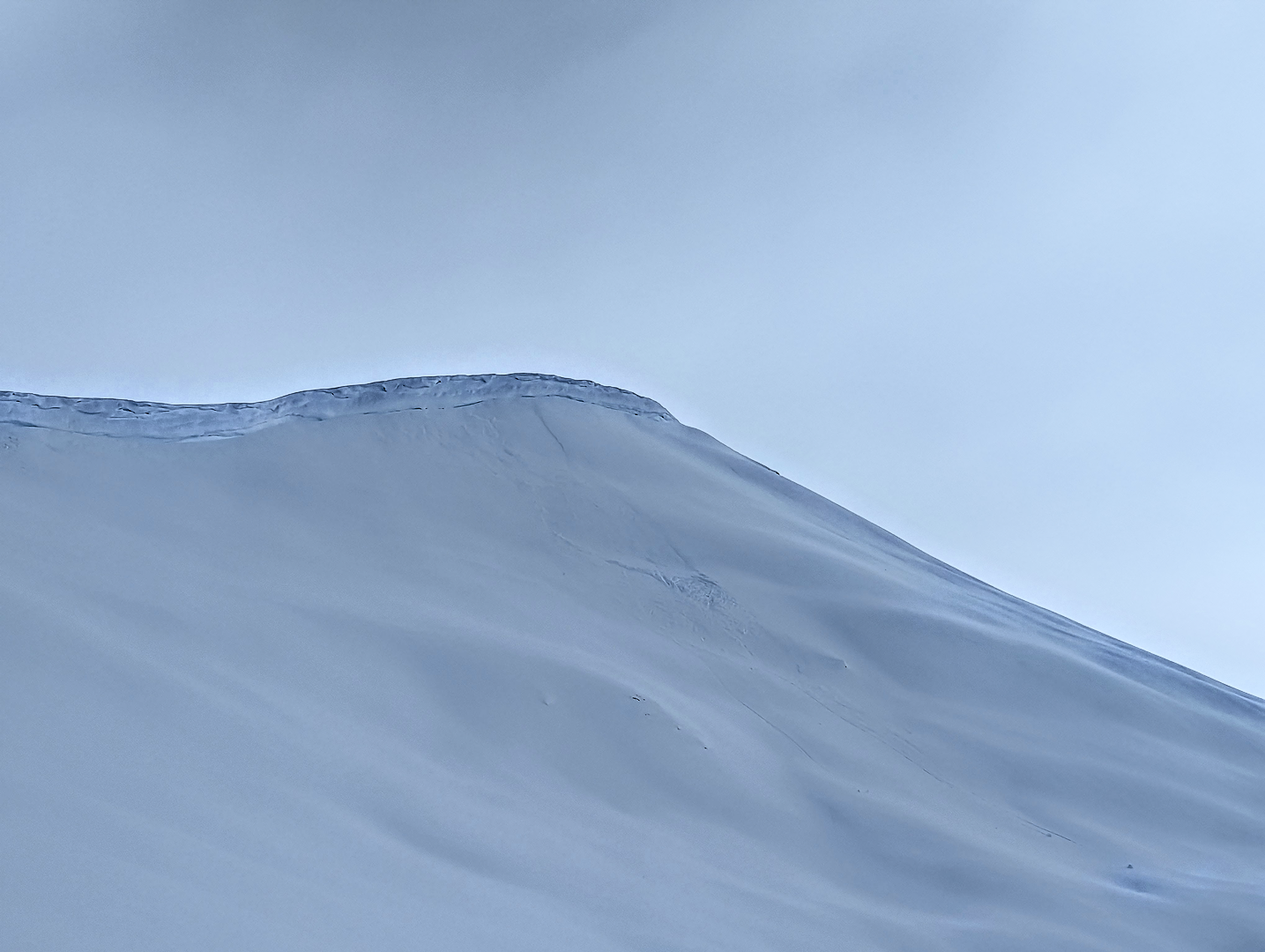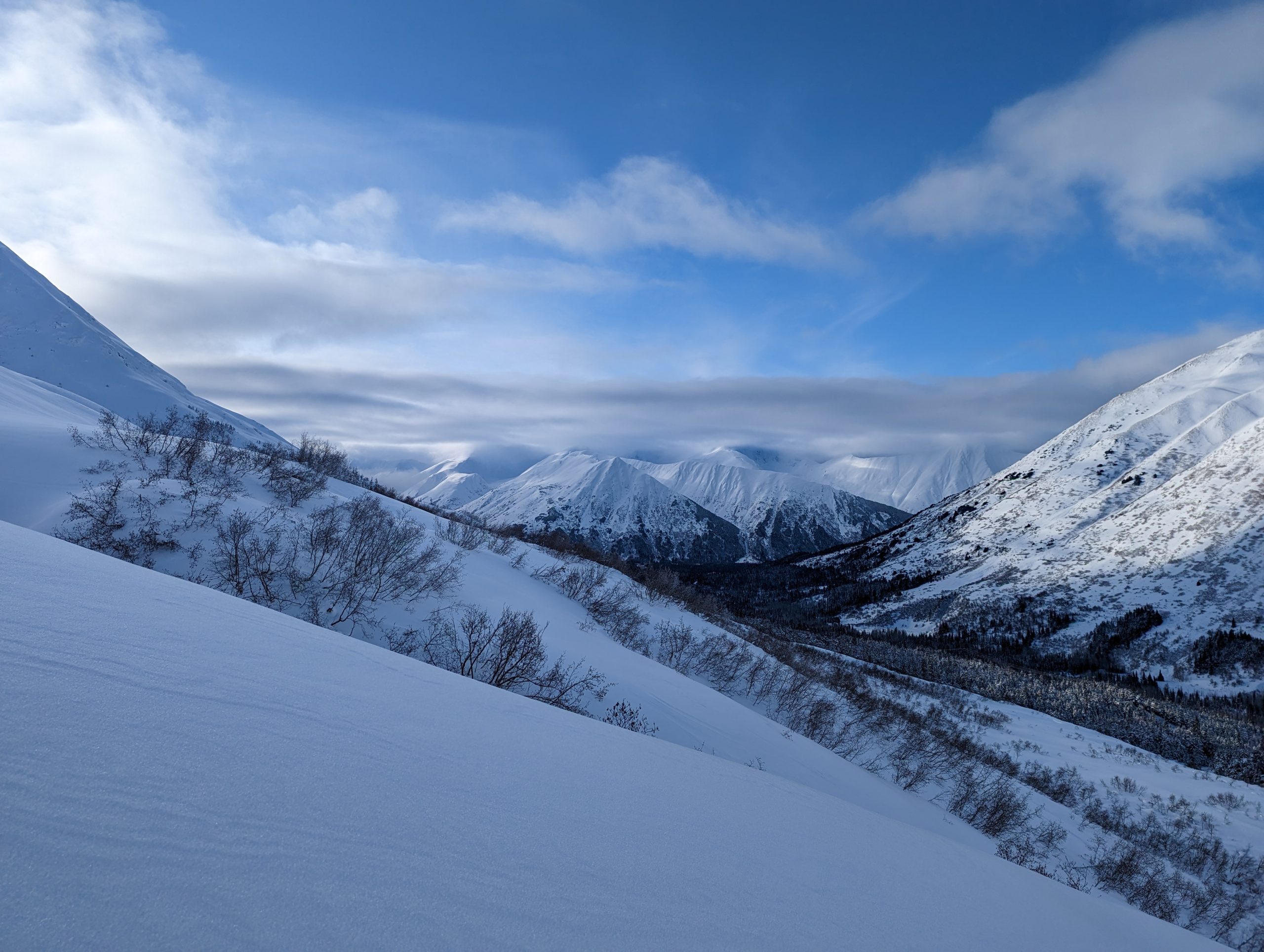Turnagain Pass
|
|
The avalanche danger is MODERATE above 1000′ today. Human triggered avalanches 1-2′ deep are possible in areas with lingering wind slabs from the Valentine’s Day storm. In areas closer to Prince William Sound that saw much heavier precipitation on Tuesday lingering storm snow avalanches up to 2′ deep are possible, even in areas sheltered from the wind. Larger avalanches releasing on buried weak layers 2-4′ deep are possible in isolated areas where these weak layers are well preserved. We recommend careful evaluation of the snowpack before entering avalanche terrain. Below 1000′ the avalanche danger is LOW.
WINTER WEATHER ADVISORY: The NWS in Anchorage has issued a winter weather advisory for Western Prince William Sound from 10 pm on Thursday to 9 am Friday. Strong winds and heavy snowfall are expected overnight with 4-6″ of snowfall in the core forecast area and 8-12″ in areas closer to Prince William Sound. Avalanche danger will increase rapidly with the onset of this storm.



